By Caleb Burden, Acting Field Lead Technician, USDA APHIS PPQ;
Caleb.Burden@usda.gov or 734-732-0025

A green ash tree with a small piece of bark cut back shows emerald ash borer larvae feeding on the tree. / Photo Credit: USDA APHIS PPS
In the fight against emerald ash borer (EAB), the United States Department of Agriculture (USDA) again asks Wisconsin landowners to donate live, EAB-infested ash trees for use in a biological control program.
The emerald ash borer is an invasive insect from Asia first detected in the United States in 2002. Following its discovery, EAB has caused the death and decline of tens of millions of ash trees.
Continue reading “USDA Seeks Donated Ash Trees To Battle Emerald Ash Borer”

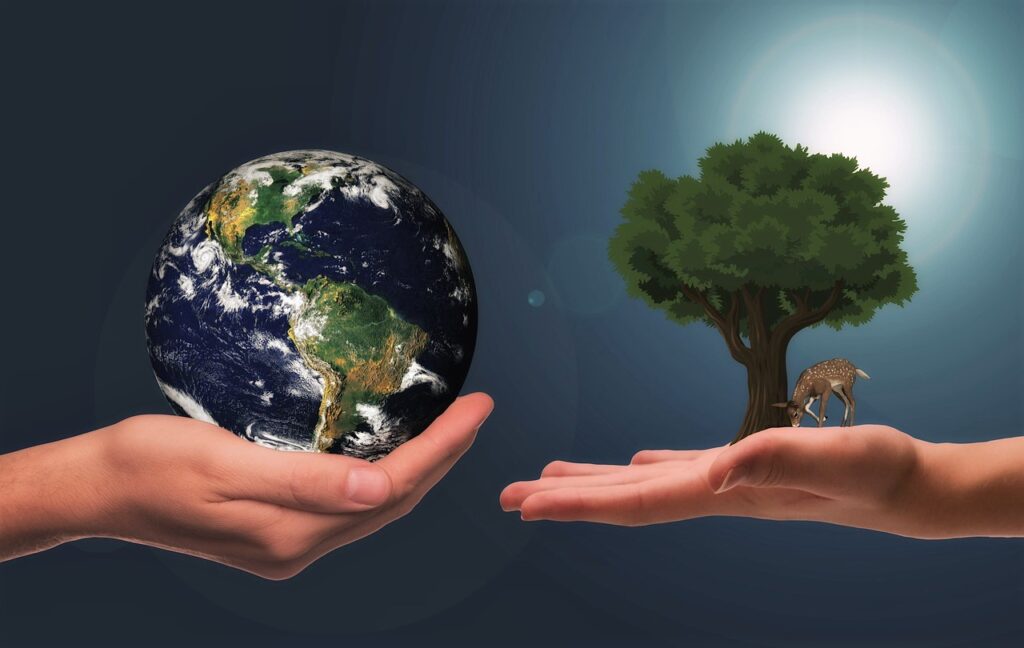
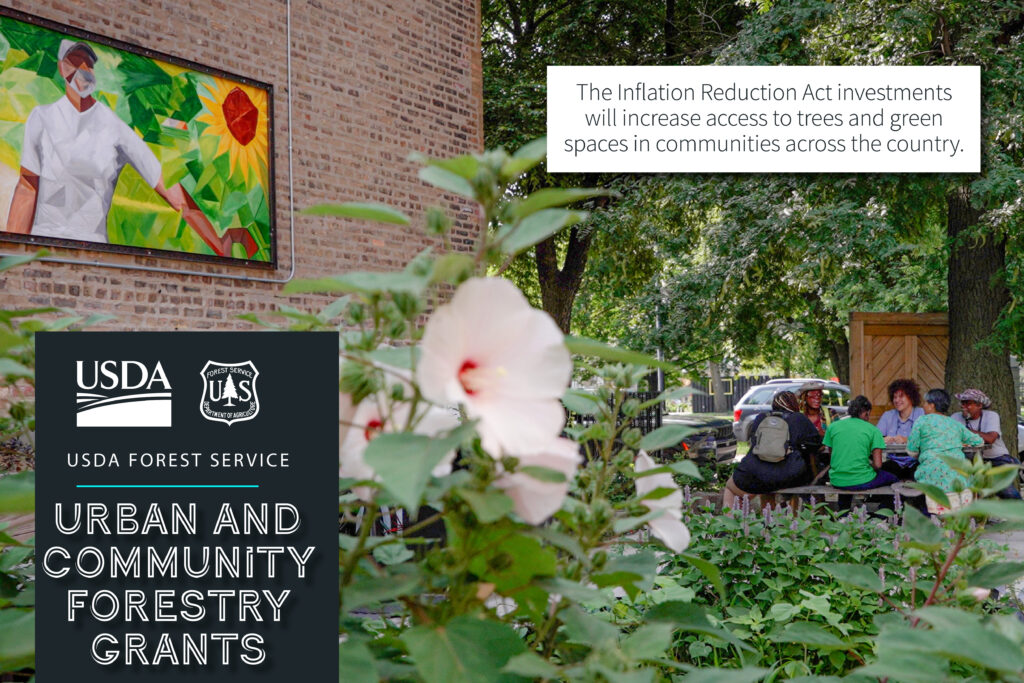 look different from the grants we have offered in the past. We have meticulously worked through the emergency rule change process to temporarily modify the structure of our grant program to facilitate the disbursement of this new funding. Our regular and start-up grant offerings will continue unchanged in 2024.
look different from the grants we have offered in the past. We have meticulously worked through the emergency rule change process to temporarily modify the structure of our grant program to facilitate the disbursement of this new funding. Our regular and start-up grant offerings will continue unchanged in 2024.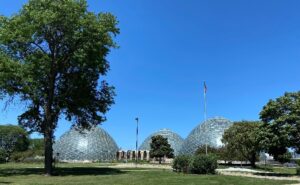
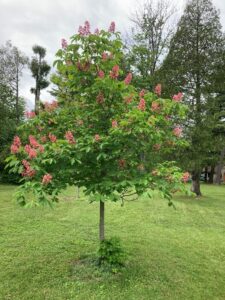
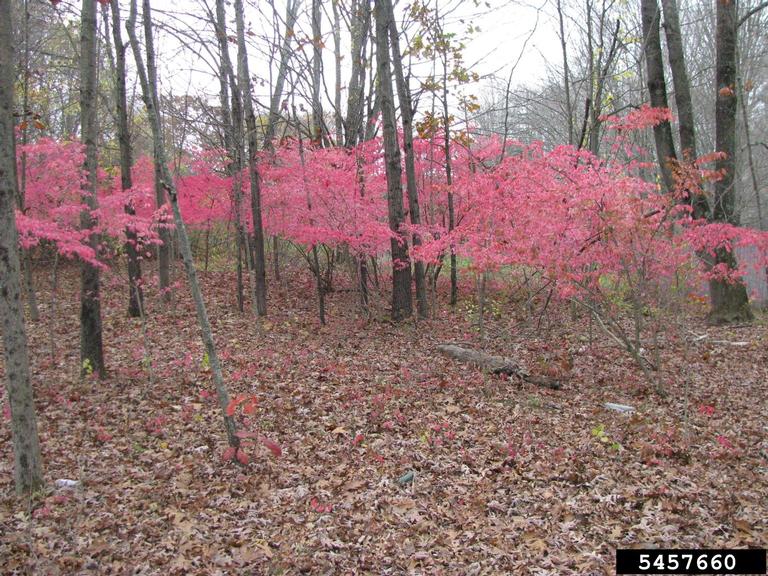
 For years, the economic contribution of urban forestry has been lumped together with broader green industry numbers. Several years ago, the Wisconsin DNR took the lead in a Landscape Scale Restoration Grant-funded project for the Northeast-Midwest region looking at the contributions of urban forestry. Regional and state-level reports will be available in Spring 2022.
For years, the economic contribution of urban forestry has been lumped together with broader green industry numbers. Several years ago, the Wisconsin DNR took the lead in a Landscape Scale Restoration Grant-funded project for the Northeast-Midwest region looking at the contributions of urban forestry. Regional and state-level reports will be available in Spring 2022. 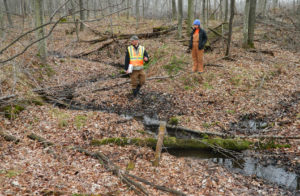 hydrologists – monitor our state’s water quality before, during and after forests are harvested. One is Nolan Kriegel. Through his work in safeguarding one of our major sources of clean water, he serves us all in this important job.
hydrologists – monitor our state’s water quality before, during and after forests are harvested. One is Nolan Kriegel. Through his work in safeguarding one of our major sources of clean water, he serves us all in this important job.